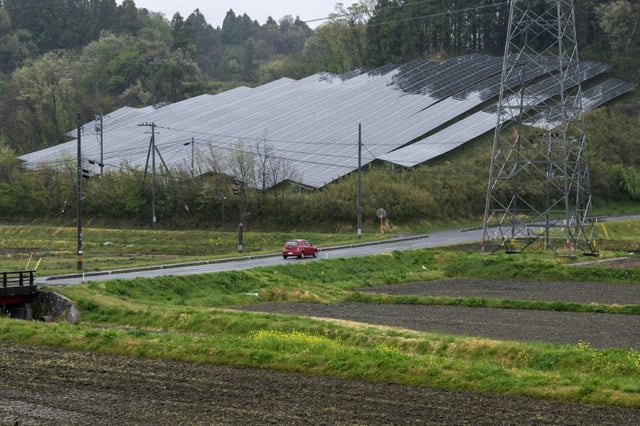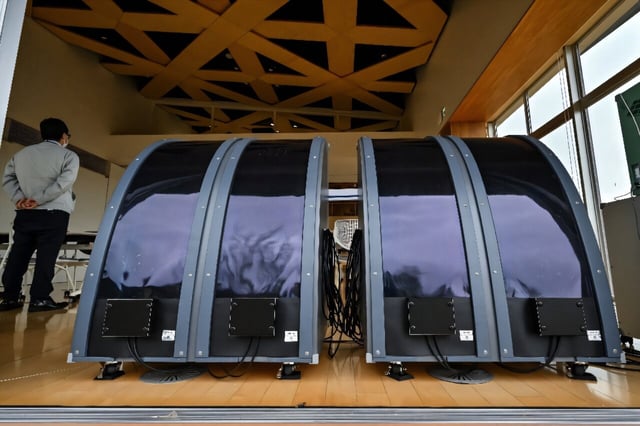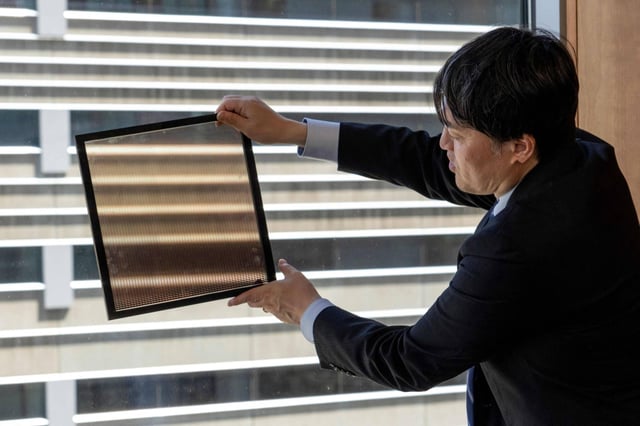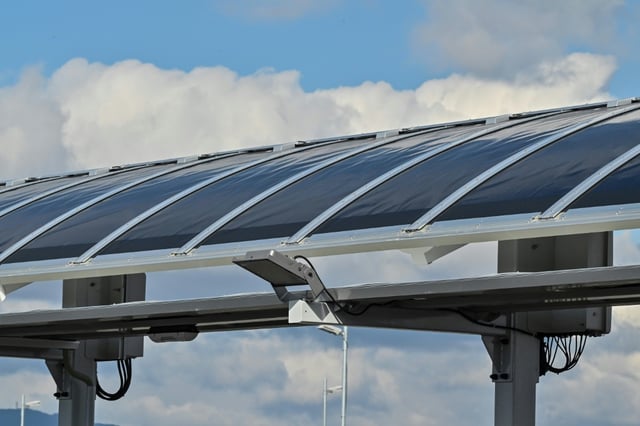Overview
- The Japanese government approved a ¥157 billion grant to Sekisui Chemical for a factory set to produce 100 MW of ultra-thin, flexible perovskite panels by 2027, enough to power roughly 30,000 homes.
- Pilot projects are underway on a 46-storey Tokyo high-rise and Fukuoka’s domed baseball stadium, with installations scheduled for completion by 2028.
- Recent perovskite prototypes have achieved efficiencies approaching those of silicon cells and are projected to maintain output for up to 20 years.
- Researchers are working to mitigate the panels’ toxic lead content and bridge gaps in power output and lifespan compared with conventional silicon modules.
- This initiative supports Japan’s net-zero emissions by 2050 target and leverages abundant domestic iodine to strengthen energy security and challenge China’s solar supply dominance.



